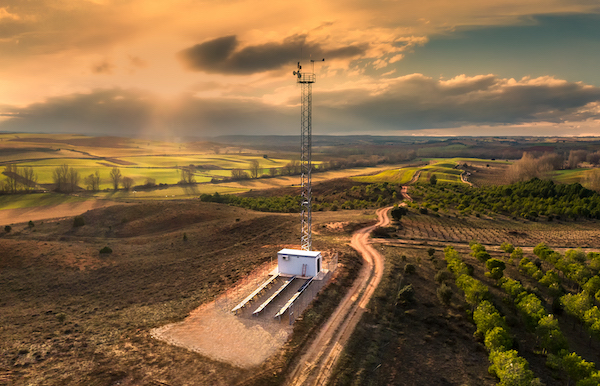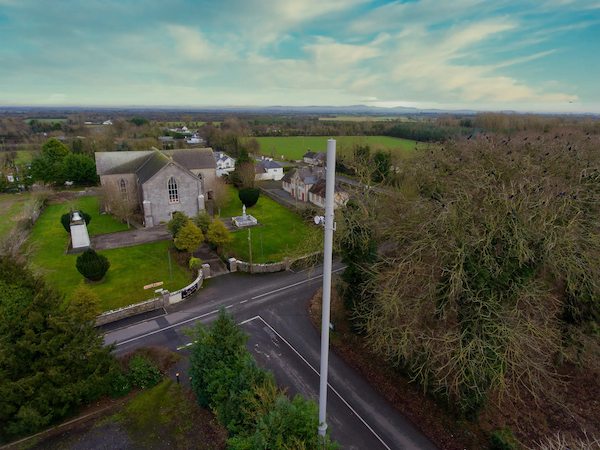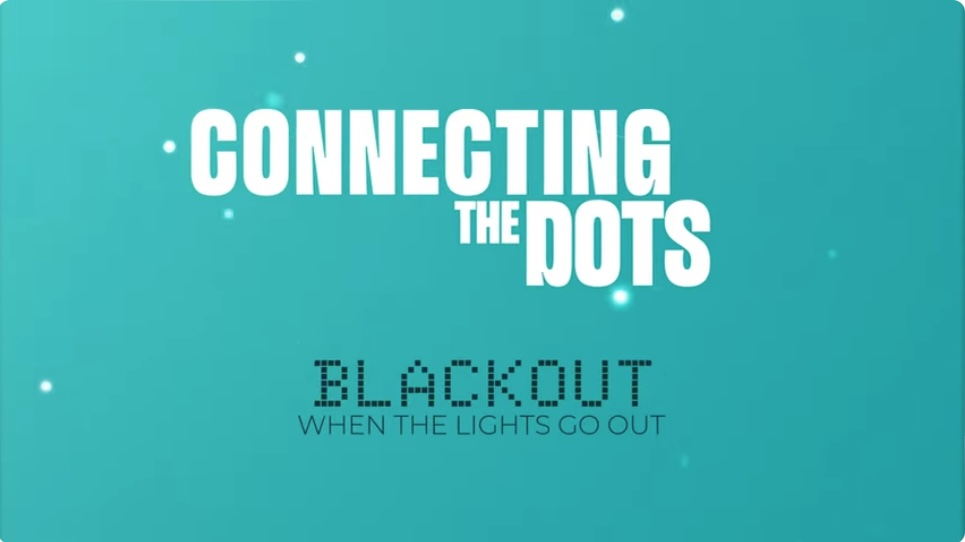
Connectivity is a key element in revitalising rural communities and fulfilling the dream of “creating a greener, more environmentally friendly, more digital and more resilient Europe”, as well as the main driver of the European Union’s biggest-ever stimulus package: the Next Generation Funds.
There is no doubt that widespread and affordable broadband access has been and will remain one of the key guarantors of an informed, knowledge-based society that is ready to embrace change. However, the imbalances caused by the pandemic have made it clear that telecommunications are an essential element not only in terms of equality, but also of equity. In other words, the absence of telecommunications is a cause of exclusion – health, education, social and even economic exclusion – thus preventing the development of more sustainable rural areas and prompting a population exodus to big cities.
Although Europe has the world’s highest Internet penetration rate, many sparsely populated areas still have no access (white zones) or poor access (grey zones) to the Internet. And here is where the objectives of Cellnex overlap with those of the main national, provincial and local governments in the countries where it operates: guaranteeing connectivity as a basic service and as a matter of justice, with the aim of promoting regional cohesion and preventing rural flight.
“Whereas road infrastructure was the main driving force behind regional connections and wealth in the 20th century, nowadays infrastructure that guarantees access to telecommunications is a top-priority element of equality and development,” explained Agustí Faus Roca, global head of telecommunications infrastructure services at Cellnex, in an interview.
Within the framework of Next Generation grants, European governments are working on various initiatives to boost connectivity in rural areas. According to Eurostat data, disparities in access to broadband technologies still persist in EU member states. Ten percent of rural areas have no access to Internet coverage and 41% only have access to 30 MB/s Internet.
Within the framework of Next Generation grants, European governments are working on various initiatives to boost connectivity in rural areas
A complex challenge that requires collaboration
“In the countries we serve, population coverage is around 70%, because most people live in or around major cities. But this does not solve the problem of regional coverage in areas with difficult terrain or difficulties related to access to electricity,” explained Agustí, a telecommunications engineer who worked for several years at a major European telecommunications company. “Above all, this is a problem of profitability due to population distortion. There are too few customers for mobile operators to recoup the investment in infrastructure deployment.”
Although they agree on the problem and the need for public intervention to solve this “market failure”, various European countries have applied or studied different models to solve the problem. In Cellnex’s view, the problem requires public-private partnerships and the participation of a neutral operator to channel the involvement of various competing operators.
Mobile operators, which are very capital-intensive when it comes to financing their growth, analyse infrastructure deployment the basis of cost-effectiveness and are increasingly opting to divest from or sell their infrastructure. The involvement of a neutral operator offloads operation and maintenance costs and facilitates sharing in a solution that will allow the entry of other operators and services. In a recent report on fibre deployment in Europe, the consulting firm Oliver Wyman predicted that telecommunications operators will begin to rely even more heavily on outsourcing network maintenance and operation in a market valued at an estimated €8 billion.
Operators compete with each other; costs, permits and access complicate the process in rural areas. In our opinion, an orchestrator is needed to facilitate the process. A neutral operator has the capacity and experience to serve this function while acting as a catalyst for a more efficient, more consensus-based and, ultimately, a more real and scalable solution.
Cellnex has already demonstrated that it is possible to deploy infrastructure and solve communication problems in rural areas with scalable, low-cost and even low-emission solutions. However, these solutions often require institutional support and the concurrence of operators.
In line with the Digital Agenda for Europe, Cellnex has been working for some time on the LEAN project – which stands for low-cost, emerging countries, architecture and network infrastructure – whose main objective is to provide broadband service in areas where the deployment and operation of standard infrastructure is not economically viable.
Cellnex has already demonstrated that it is possible to deploy infrastructure and solve communication problems in rural areas with scalable, low-cost and even low-emission solutions
Under the umbrella of this project, the group tested an economically and environmentally sustainable solution in the steppes of Soria to facilitate the connection of a winery and a small rural area. The installation, powered by solar and wind energy and reinforced by batteries, allows the arrival of broadband with fixed wireless access (FWA) technology.

This is a low-cost, self-supplied deployment model that solves part of the problem, but concerted action is required in order to attract operators and be able to provide service.
As part of this desire for collaboration among parties, Cellnex launched its “Get Connected” initiative in Ireland. This community platform makes it possible to identify areas with connectivity problems and mobilise different stakeholders with the aim of increasing connectivity and rural development. The installations are low-cost and based on unobtrusive poles that can double as lampposts, so as not to spoil the landscape.
“Once we have installed the pole, other operators can join in without having to invest additional capital in infrastructure,” explained Agustí, adding that these “ruralisation” projects will be carried out all across Europe over the next three years.
The deployment of new telecommunications around the transport networks where Cellnex is present – along railways, roads and in the world of self-driving vehicles – can also generate synergies and universalise coverage by bringing essential infrastructure to sparsely populated areas.


































